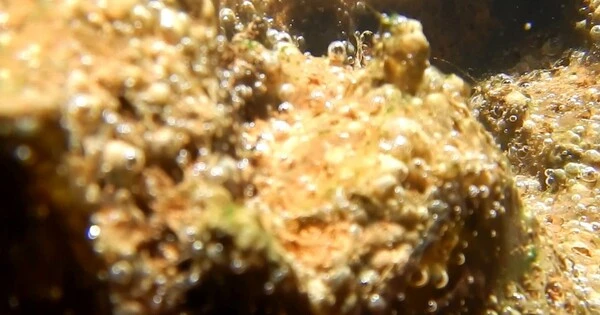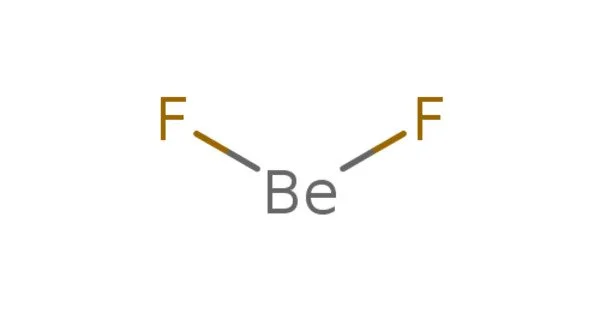Lithotrophs are creatures that derive their energy from the oxidation of inorganic substances. These are organisms that use an inorganic substrate (typically of mineral origin) to produce reducing equivalents for use in biosynthesis (e.g., carbon dioxide fixation) or energy conservation (e.g., ATP production) via aerobic or anaerobic respiration. Unlike organotrophs, which obtain their energy from organic chemicals, lithotrophs can derive their energy from minerals, rocks, and other inorganic material.
While photolithotrophs, such as plants, are lithotrophs, chemolithotrophs are solely microbes; no known macrofauna can employ inorganic substances as electron sources. These microbes play an important role in a variety of ecological processes, particularly in areas with a scarcity of organic molecules.
When macrofauna and lithotrophs create symbiotic associations, the lithotrophs are referred to as “prokaryotic symbionts.” Chemolithotrophic bacteria in giant tube worms or plastids, organelles within plant cells that may have developed from photolithotrophic cyanobacteria-like organisms, are examples of this. Chemolithotrophs are members of the Bacteria and Archaea domains. The term “lithotroph” was derived from the Greek words lithos (rock) and troph (consumer), and it means “rock eaters.” Many lithoautotrophs, but not all, are extremophiles.
Lithotrophs are commonly found in environments such as deep-sea hydrothermal vents, caves, and subsurface ecosystems. They are capable of using a variety of inorganic compounds as electron donors in their energy metabolism. Some common examples of lithotrophic organisms include:
- Nitrifying bacteria: These bacteria oxidize ammonia (NH₃) or nitrite (NO₂-) to nitrate (NO₃-). This process is important in the nitrogen cycle.
- Sulfur-oxidizing bacteria: These bacteria oxidize sulfur compounds like hydrogen sulfide (H₂S) to sulfate (SO₄²-). They are often found in environments with high sulfur content, such as sulfur springs or hydrothermal vents.
- Iron-oxidizing bacteria: These bacteria oxidize ferrous iron (Fe²⁺) to ferric iron (Fe³⁺). They play a role in the cycling of iron in certain environments.
- Methanotrophs: Although often considered as methanogens that produce methane, some bacteria are also capable of oxidizing methane (CH₄) to obtain energy.
Because of its presence in prokaryotes, the last universal common ancestor of life is assumed to be a chemolithotroph. An organotroph, as opposed to a lithotroph, is an organism that derives its reducing agents from the catabolism of organic substances.
Lithotrophs are critical for ecological balance and nutrient cycling in ecosystems. They contribute to a variety of biogeochemical cycles, including the carbon, nitrogen, and sulfur cycles. Furthermore, some lithotrophs are interesting in biotechnology and environmental applications since they can be used in processes such as bioremediation and wastewater treatment.
















